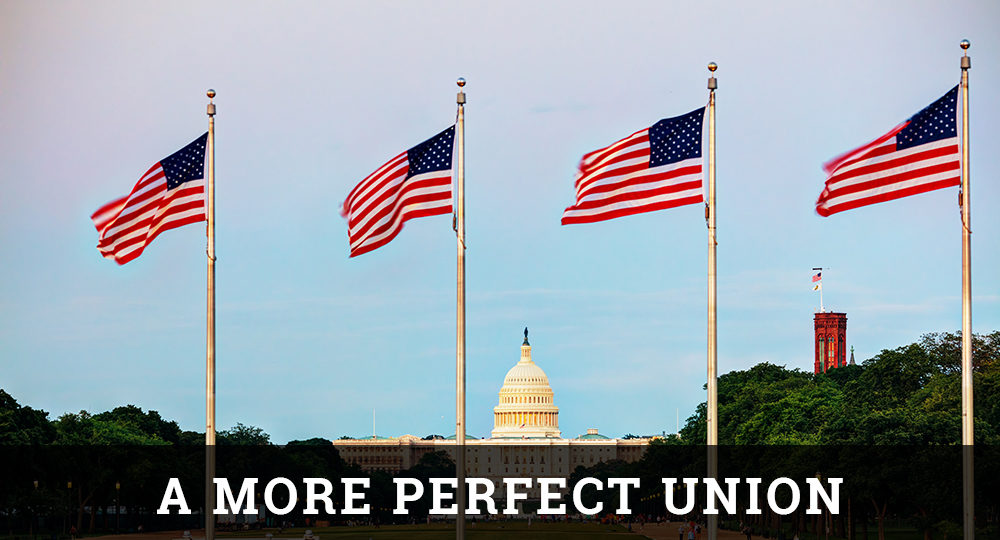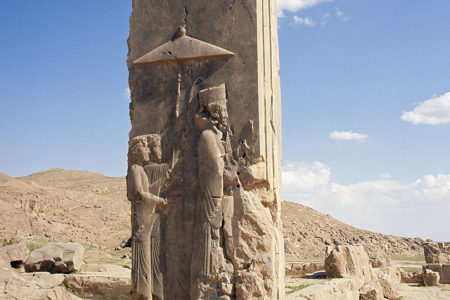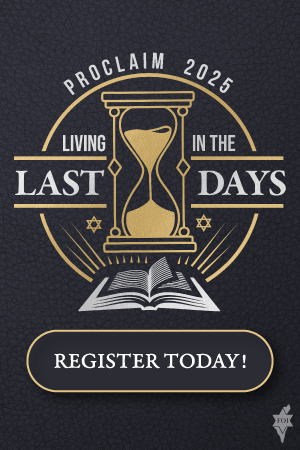Dear Court: Clean Up Your Mess!
Do you remember as a child being told to pick up your room? Most of us do. There are advantages to orderliness. And when it comes to our most fundamental liberties and America’s highest court, which is vested with the responsibility to protect them, the stakes become much higher.
When justices follow chaotic legal rules or use illogical reasoning, the results can be devastating and longlasting. Unfortunately, I can think of no area that our highest court has mishandled more than that of so-called churchstate issues involving the two religion clauses of the First Amendment.
Those clauses (1) deny government the ability to violate a citizen’s “free exercise” of religion and (2) prohibit government from creating an “establishment of religion.” But confused and misguided Supreme Court decisions in such cases have littered the landscape with legal landmines and booby traps.
Apparently Justice Clarence Thomas has had enough. After the Supreme Court’s refusal in October to hear the case of Utah Highway Patrol Association v. American Atheists, Inc., he took the opportunity to sound off.
The case involved a private law enforcement association that had funded and spearheaded a worthy project to memorialize the courage and sacrifice of state troopers who have fallen in the line of duty along Utah’s highways.
The association used white crosses with identifying information about each trooper who was killed, and it obtained permission from state officials to place the crosses near the places where the troopers died—usually in rest areas or right-of-ways where people can safely stop and read the markers.
Not surprisingly, angry atheists cried foul and sued to get the crosses removed. In a dishearteningly wrongheaded decision, the U.S. 10th Circuit Court of Appeals said the crosses created an establishment of religion, violating the First Amendment. The Supreme Court, sadly, refused to take the ruling up on appeal.
Justice Thomas chastised the court, saying it is about time to iron out the mess it has created in these types of cases. And he is right. Noting that the Supreme Court’s rulings in religioussymbols cases is “in shambles” because of the “nebulous” and confusing legal tests it has employed, Thomas listed the inconsistent results—decisions that, for example, have alternatively upheld a Ten Commandments display on the grounds of a state capitol but struck one down that was located in a courthouse.
Such inconsistencies abound. In 1984 the court held that a nativity scene near a staircase inside a government building at Christmas violated the Establishment Clause; but it said that a Christian crèche in a prominent public setting outside, which was near other secular Christmas displays, did not.
The irreconcilable, conflicting decisions of lower courts that have tried to settle such disputes over public displays containing Christian symbols are a hallmark of the Supreme Court’s failure to use a proper legal standard.
So what is the appropriate test? Justice Thomas mentioned one, and it has historical authenticity. As long as a display created by a government office or official does not commit actual “coercion” of citizens, Thomas wrote, thus forcing them to violate their consciences by acknowledging or worshiping a God not of their choice, then the display does not illegally create an “establishment” of religion.
Founding Father James Madison, one of the chief drafters of the Bill of Rights, advocated this approach. Reluctant to adopt this historically grounded standard, the Supreme Court’s majority has instead embarked on a long journey of missteps.
Another dangerous detour has been the court’s insistence that any public display or activity that references God in a sectarian way (e.g., a government official praying in Jesus’ name) gives rise to a likely “establishment” of religion.
Of course, that would be news to John Adams, American Founder and our second president. On March 23, 1798, in his capacity as our chief executive, Adams called on all Americans to ask God “through the Redeemer of the World, freely to remit all our offenses, and to incline us by His Holy Spirit.”1
I can practically hear John Adams, who was a brilliant lawyer known for his occasional bluntness, calling to the U.S. Supreme Court: “Gentlemen, clean up your mess!”
ENDNOTES
- “A Day of Fasting & Humiliation (Not Thanksgiving!) 1798 by the President of the United States – A Proclamation,” Pilgrim Hall Museum <pilgrimhall.org/ThanxProc1789.htm>.







